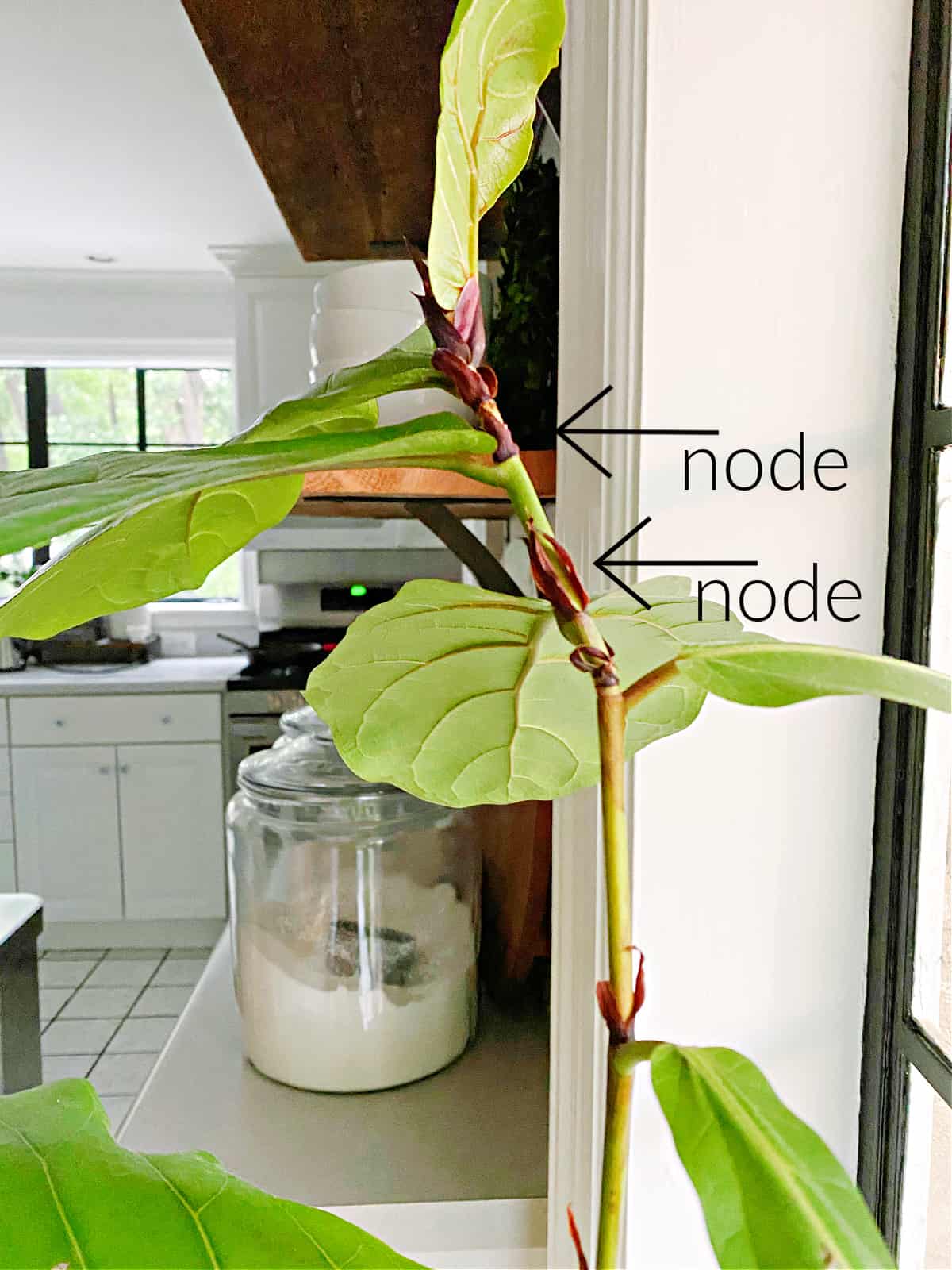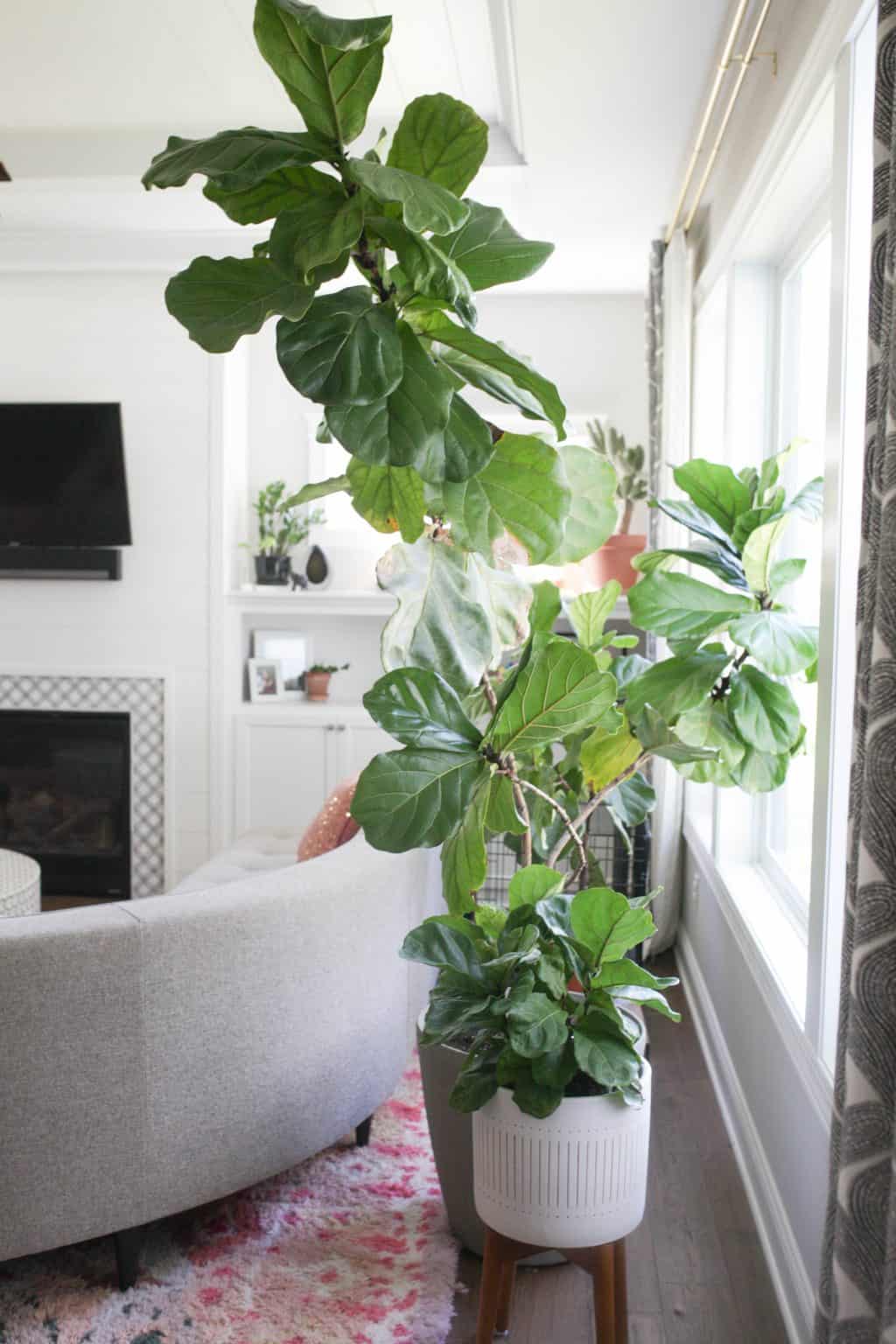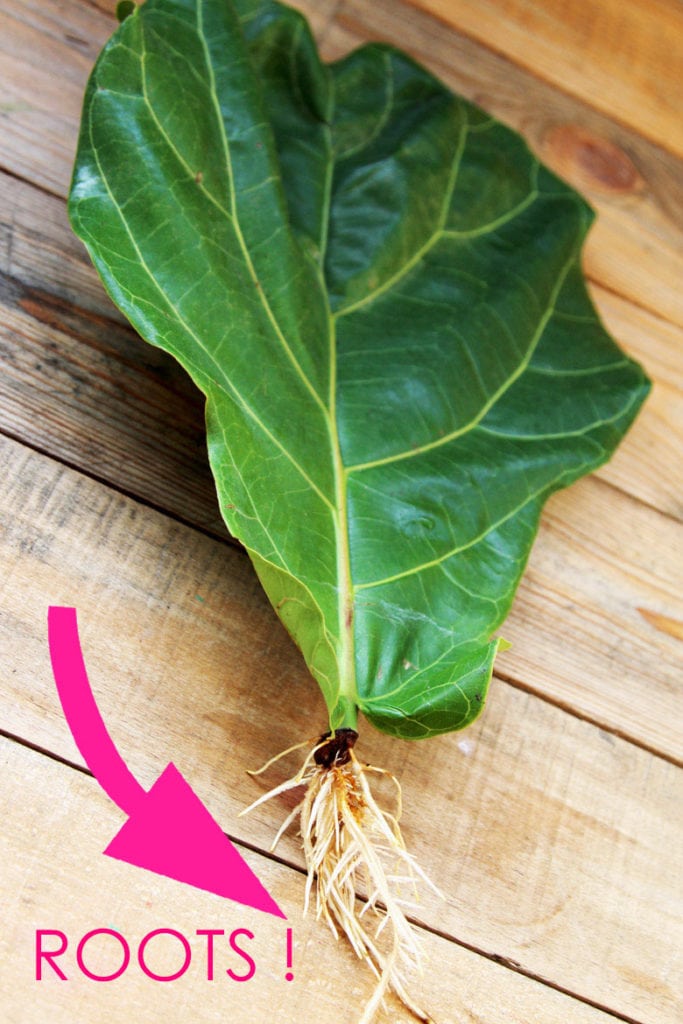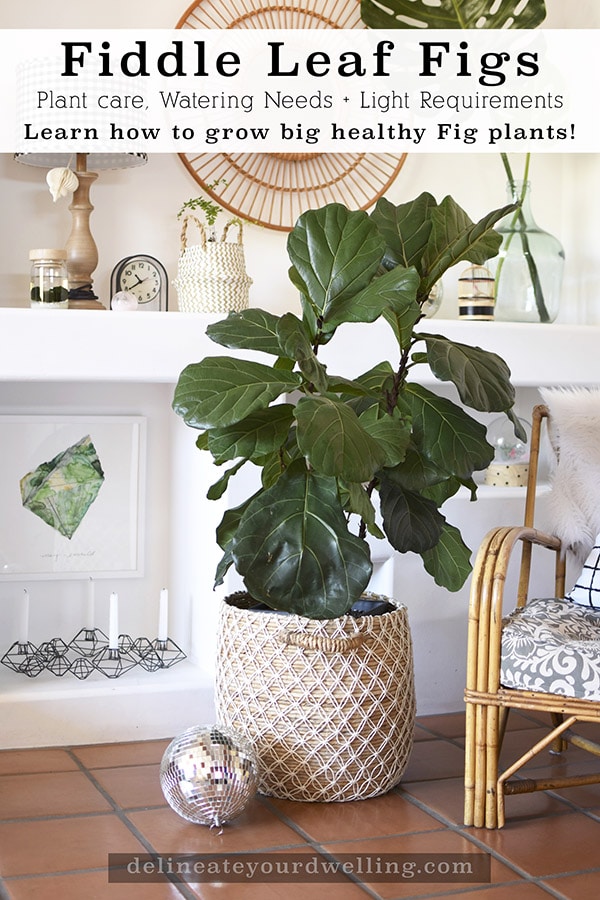Unlocking the Secrets of Fiddle Leaf Fig Care
Fiddle leaf fig plants have become a staple in modern home decor, with their large, violin-shaped leaves and ability to purify the air. However, these plants require specific care to thrive. Many people struggle to keep their fiddle leaf fig plants healthy, often making common mistakes that can lead to their demise. To ensure the survival and success of your fiddle leaf fig plant, it’s essential to understand the basics of how to care for fiddle leaf fig plant. By learning the fundamentals of fiddle leaf fig care, you can create a thriving environment that fosters healthy growth and beauty. In this article, we’ll delve into the world of fiddle leaf fig care, providing you with the knowledge and tips necessary to create a thriving environment for your plant.
Choosing the Perfect Environment for Your Fiddle Leaf Fig
Creating a suitable environment is crucial for the health and well-being of your fiddle leaf fig plant. To thrive, these plants require specific lighting conditions, temperature, and humidity levels. Placing your fiddle leaf fig in a spot with bright, indirect light is ideal, as direct sunlight can cause leaf burn. East- or west-facing windows are perfect for providing the necessary light without risking damage. In terms of temperature, fiddle leaf figs prefer a consistent range of 65-75°F (18-24°C), making them a great addition to most homes. Humidity levels should be maintained between 40-60% to mimic their natural habitat. To achieve this, you can place the pot on a tray filled with water and pebbles or use a humidifier. By understanding and catering to these environmental needs, you’ll be well on your way to learning how to care for fiddle leaf fig plant and creating a thriving space for your plant to flourish.
Watering Wisdom: How to Hydrate Your Fiddle Leaf Fig
Proper watering is a crucial aspect of how to care for fiddle leaf fig plant, as it directly impacts the plant’s health and survival. Overwatering is a common mistake that can lead to root rot, while underwatering can cause leaves to turn yellow and drop. To avoid these issues, it’s essential to understand the watering needs of your fiddle leaf fig. Water your plant when the top 1-2 inches of soil feel dry to the touch, usually every 7-10 days in the summer and less often in the winter. Check the soil moisture by sticking your finger into the soil or using a moisture meter. Water thoroughly, making sure the pot drains well to prevent waterlogged soil. Avoid getting water on the leaves or crown to prevent fungal diseases. By mastering the art of watering, you’ll be well on your way to creating a thriving environment for your fiddle leaf fig plant.
Fertilizing for Success: Nourishing Your Fiddle Leaf Fig
Fertilization plays a vital role in how to care for fiddle leaf fig plant, as it provides essential nutrients for healthy growth and development. Fiddle leaf figs are heavy feeders and require regular fertilization to thrive. Use a balanced, water-soluble fertilizer (20-20-20) during the growing season (spring and summer) to promote lush foliage and robust growth. Dilute the fertilizer to half the recommended strength to avoid burning the roots. Apply fertilizer once a month, taking care to avoid getting any on the leaves or crown to prevent fungal diseases. Organic fertilizers, such as fish emulsion or compost tea, are also excellent options, as they release nutrients slowly and promote beneficial microbial activity in the soil. By fertilizing your fiddle leaf fig correctly, you’ll be rewarded with a vibrant, thriving plant that brings beauty and elegance to your home.
Pruning and Shaping: Maintaining Your Fiddle Leaf Fig’s Aesthetic
Pruning and shaping are essential aspects of how to care for fiddle leaf fig plant, as they help maintain the plant’s appearance and promote healthy growth. Prune your fiddle leaf fig regularly to remove dead or damaged leaves, which can help prevent the spread of disease and encourage new growth. Use clean, sharp pruning tools to avoid spreading disease, and make cuts just above a node (where a leaf meets the stem). To shape your fiddle leaf fig, prune branches to maintain a bushy shape, and trim back long stems to encourage branching. Pruning can also help control the plant’s size and promote a more compact growth habit. By pruning and shaping your fiddle leaf fig correctly, you can maintain its natural beauty and create a stunning focal point in your home.
Pest Control and Disease Prevention: Common Issues and Solutions
When it comes to how to care for fiddle leaf fig plant, pest control and disease prevention are crucial aspects to consider. Fiddle leaf figs are susceptible to various pests and diseases that can cause significant damage and even death. Common pests that affect fiddle leaf figs include spider mites, mealybugs, and scale. These pests can cause yellowing leaves, premature defoliation, and weakened plant growth. To prevent pest infestations, inspect your plant regularly, and isolate new plants for a few weeks before introducing them to your indoor space. For disease prevention, maintain good air circulation, avoid overwatering, and remove dead or damaged leaves promptly. Root rot, a common disease in fiddle leaf figs, can be prevented by ensuring the pot has good drainage holes and avoiding waterlogged soil. By being proactive in pest control and disease prevention, you can ensure your fiddle leaf fig plant remains healthy and thriving.
Repotting and Propagation: Giving Your Fiddle Leaf Fig a Fresh Start
When it comes to how to care for fiddle leaf fig plant, repotting and propagation are essential skills to master. Fiddle leaf figs typically need to be repotted every 1-2 years, as they outgrow their containers. Choose a pot that is only 1-2 sizes larger than the current one, and select a well-draining potting mix to prevent waterlogged soil. When repotting, gently remove the plant from its pot, taking care not to damage the roots. Inspect the roots for any signs of rot or damage, and trim them back if necessary. This is also an opportunity to propagate your fiddle leaf fig by dividing the roots or taking stem cuttings. To propagate, cut 4-6 inch stem sections, remove lower leaves, and plant them in a moist potting mix. Keep the soil consistently moist and warm until roots develop. By repotting and propagating your fiddle leaf fig, you can give your plant a fresh start and encourage healthy growth.
Troubleshooting Common Problems: Saving Your Fiddle Leaf Fig
Despite best efforts, fiddle leaf fig plants can still encounter problems that hinder their growth and health. When learning how to care for fiddle leaf fig plant, it’s essential to know how to troubleshoot common issues. One common problem is droopy leaves, which can be caused by underwatering, overwatering, or lack of humidity. To address this, adjust your watering schedule, ensure good air circulation, and consider using a humidifier. Yellowing leaves can be a sign of overwatering, nutrient deficiency, or too much direct sunlight. Check your soil moisture, fertilize regularly, and provide filtered sunlight to resolve this issue. If your fiddle leaf fig is not growing, it may be due to insufficient light, inadequate fertilization, or root bound conditions. Consider relocating your plant to a brighter spot, increasing fertilization, or repotting into a larger container. By being aware of these common problems and knowing how to troubleshoot them, you can rescue your fiddle leaf fig and ensure it continues to thrive.






